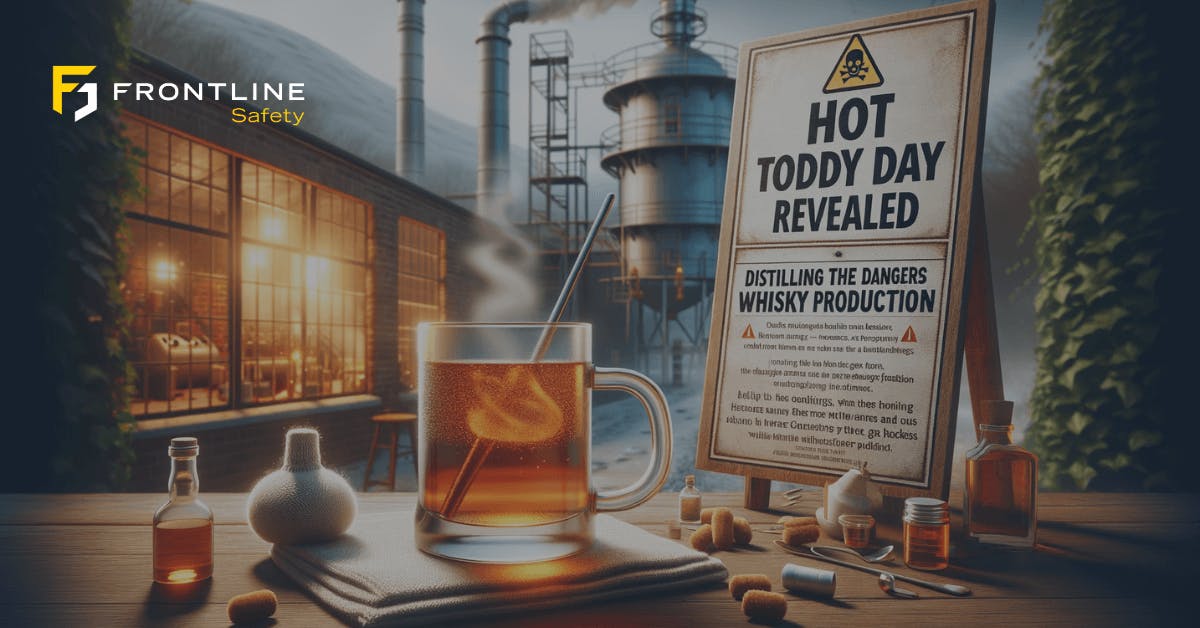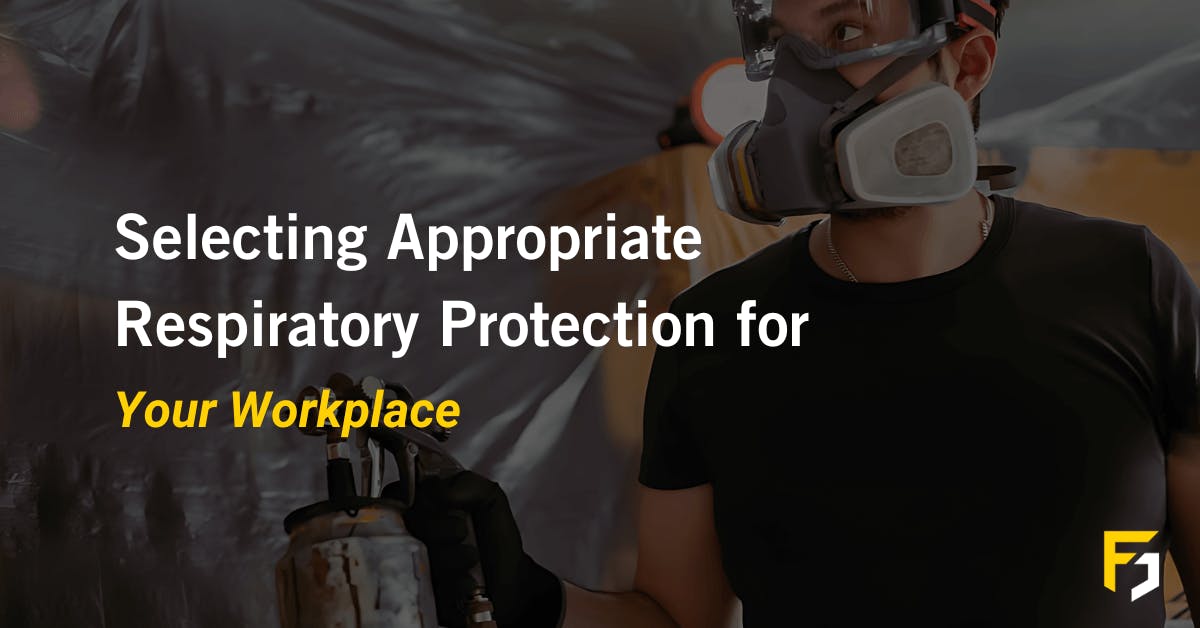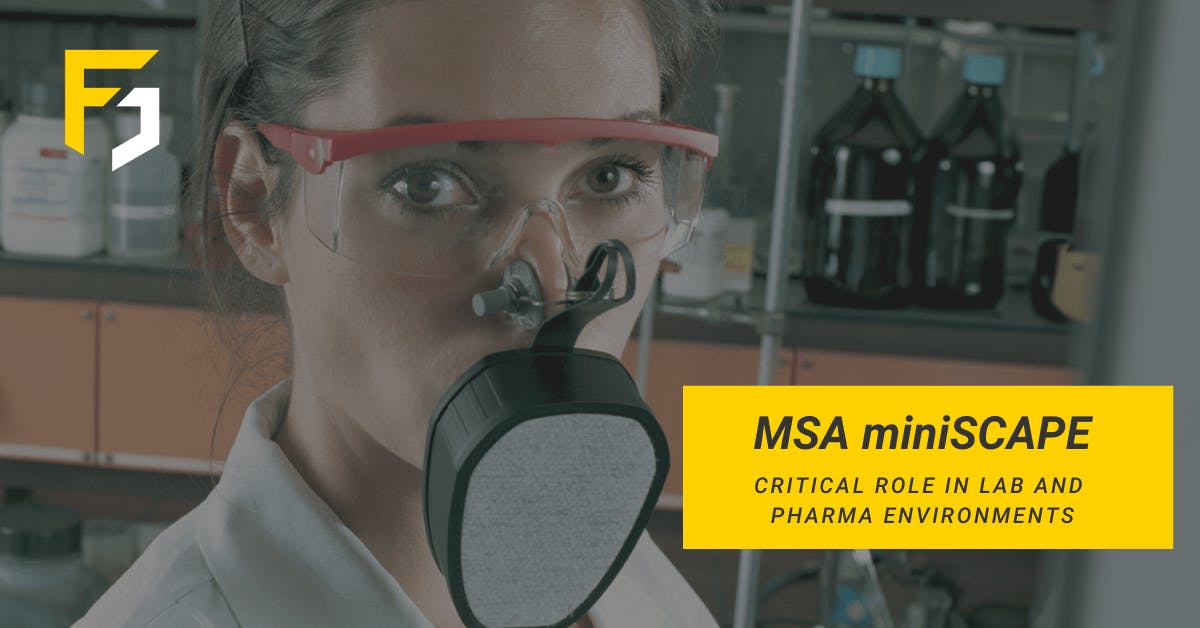
Hot Toddy Day Revealed: Distilling the Dangers in Whisky Production

National Hot Toddy Day, a delightful celebration of warmth and comfort, shines a spotlight on the soothing concoction known as the hot toddy. However, beneath the cozy layers of this beloved drink lies a world of intrigue, craftsmanship, and hidden hazards. In this blog, we journey beyond the steaming mugs of hot toddies to explore the heart of the matter: the whisky itself. Join us as we delve into the fascinating world of whisky production and uncover the concealed dangers that demand our attention.
Unveiling the Hidden Dangers of Whisky Production
Whisky, the golden elixir cherished by connoisseurs worldwide, is a product of intricate craftsmanship. But, what many may not realize is that the distillation process is not without its risks. In this section, we'll shed light on the hidden dangers that whisky distilleries face, from the raw ingredients to the final cask. We'll delve into the potential hazards, the risks involved, and the safety precautions that are crucial in the pursuit of this age-old spirit.
The Imperative Need for Gas Detection in Whisky Distilleries
As whisky enthusiasts savour the rich flavours and aromas of their favourite dram, distillery workers confront a range of potential gas hazards. Gases like methane, carbon dioxide, and ethanol vapour can accumulate, posing severe health and safety risks to personnel, equipment, and the environment. In this section, we'll explore the specific gases present in distilleries, their origins, and their potential exposure consequences. We'll also emphasize why reliable gas detection systems are essential in safeguarding the lives of distillery workers and ensuring a safe production environment.
What Are the Gas Hazards in Distilleries?
- Ethanol Vapor: Ethanol is the primary alcohol present in whisky, and it is highly volatile. During distillation and fermentation, ethanol vapour can accumulate in the air, potentially leading to flammability and respiratory hazards. Monitoring ethanol levels to prevent fires and ensure worker safety is essential.
- Carbon Dioxide (CO2): CO2 is a byproduct of fermentation when yeast converts sugars into alcohol. In confined spaces like fermentation tanks and still houses, elevated CO2 levels can displace oxygen and lead to asphyxiation risks for workers. Proper ventilation and gas detection systems are essential to mitigate this hazard.
- Methane: Methane can be produced during fermentation as a byproduct of microbial activity. It is a flammable gas and can create an explosive atmosphere if not adequately controlled.
- Hydrogen Sulphide (H2S): In some cases, H2S may be generated due to sulphur-containing compounds in the raw materials or during fermentation. H2S is highly toxic, and even low concentrations can pose serious health risks to workers. Proper ventilation and gas detection are critical for monitoring H2S levels.
- Ammonia (NH3): Ammonia can be used in the whisky production process as a refrigerant or for cleaning. If not handled and stored correctly, ammonia leaks can occur, posing respiratory and chemical hazards.
- Carbon Monoxide (CO): CO can be generated during the drying process of malted barley when exposed to high-temperature sources, like kilns. CO is colourless and odourless, making it a silent but potentially deadly gas. Adequate ventilation and gas monitoring are necessary to prevent CO exposure.
- Oxygen Deficiency: Oxygen concentration can decrease in confined spaces such as storage warehouses, leading to oxygen deficiency hazards. Proper gas monitoring ensures that oxygen levels remain within safe limits.
To mitigate these gas hazards in whisky production, distilleries should implement comprehensive safety protocols, including gas detection systems, proper ventilation, employee training, and adherence to safety standards and regulations. Regular maintenance and calibration of gas detection equipment are also essential to ensure their accuracy and reliability in promptly detecting and alerting to gas hazards.
Frontline Safety's Solution: Protecting Whisky Distilleries
Frontline Safety understands the unique challenges distilleries face in managing gas hazards during whisky production. With our expertise and cutting-edge gas detection technology, we offer tailored solutions to mitigate the risks associated with gas exposure. From portable gas detectors to fixed gas monitoring systems, our comprehensive range of products and services ensures the safety of distillery operations. Discover how Frontline Safety can be your trusted partner in protecting your distillery, team, and legacy.
Contact us at +(0) 141 771 7749 or email [email protected].





